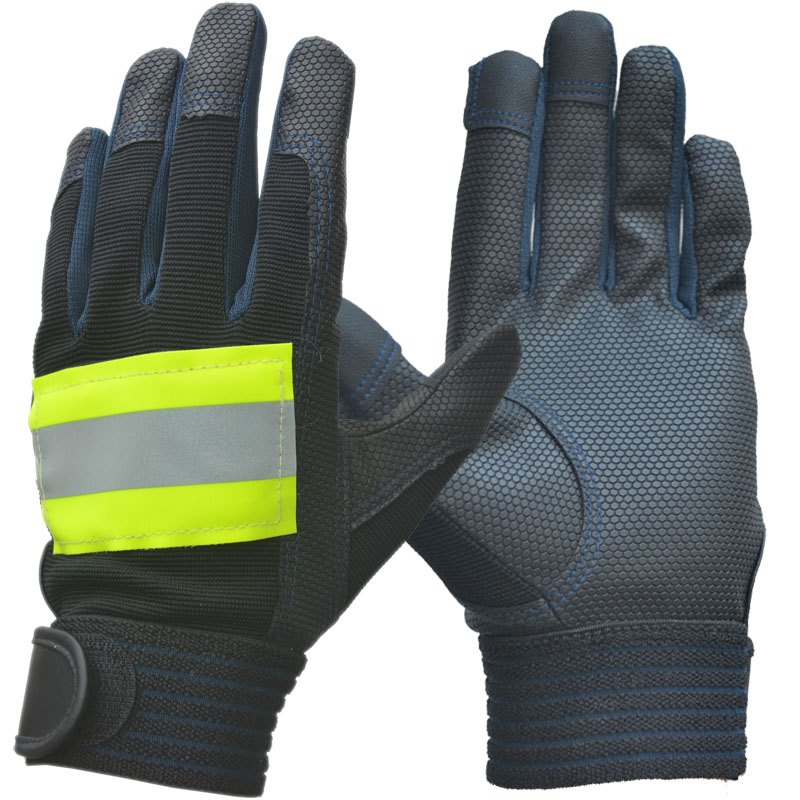Your cart is currently empty!

Basic Firefighting Knowledge

In order to provide us with a more detailed understanding of firefighting knowledge, this article introduces the following four basic firefighting methods, hoping to be helpful to everyone.
- Isolation method
Principle: Isolate or move the ignition area or object away from the surrounding combustible materials, and combustion will stop due to the lack of combustible materials.
In practical use, such as moving combustible, flammable, and combustible materials that can be close to the fire source; Move the burning object to a safe place; Close the valves of combustible gas and liquid pipelines, reduce and terminate the entry of combustible materials into the combustion area, etc. When a forest catches fire, it is possible to burn surrounding combustibles in advance to protect one’s own safety.
- Asphyxia method
Principle: Prevent air from flowing into the combustion area or dilute the air with non combustible substances, so that the combustion material does not receive enough oxygen and extinguishes.
In practical applications, non combustible or difficult to burn substances such as asbestos blankets, wet burlap bags, yellow sand, fire extinguishers, etc. are used to cover objects; Enclose the burning cabins, doors, windows, holes, and equipment containers to suffocate the source of combustion.
- Cooling method
Principle: Spray the fire extinguishing agent directly onto the combustion material to reduce its temperature. When the temperature of the combustion material drops below its ignition point, combustion stops. Alternatively, spray the fire extinguishing agent onto combustible materials near the source of the fire to prevent the impact of radiation heat from igniting the fire.
In our real life, the commonly used method of extinguishing fires with water is the cooling method.
- Chemical suppression fire extinguishing method
Principle: Spray chemical fire extinguishing agents into the combustion zone to participate in the chemical reaction of combustion, thereby stopping the combustion. The fire extinguishing agents used in this method include dry powder fire extinguishers, etc.
Leave a Reply
You must be logged in to post a comment.